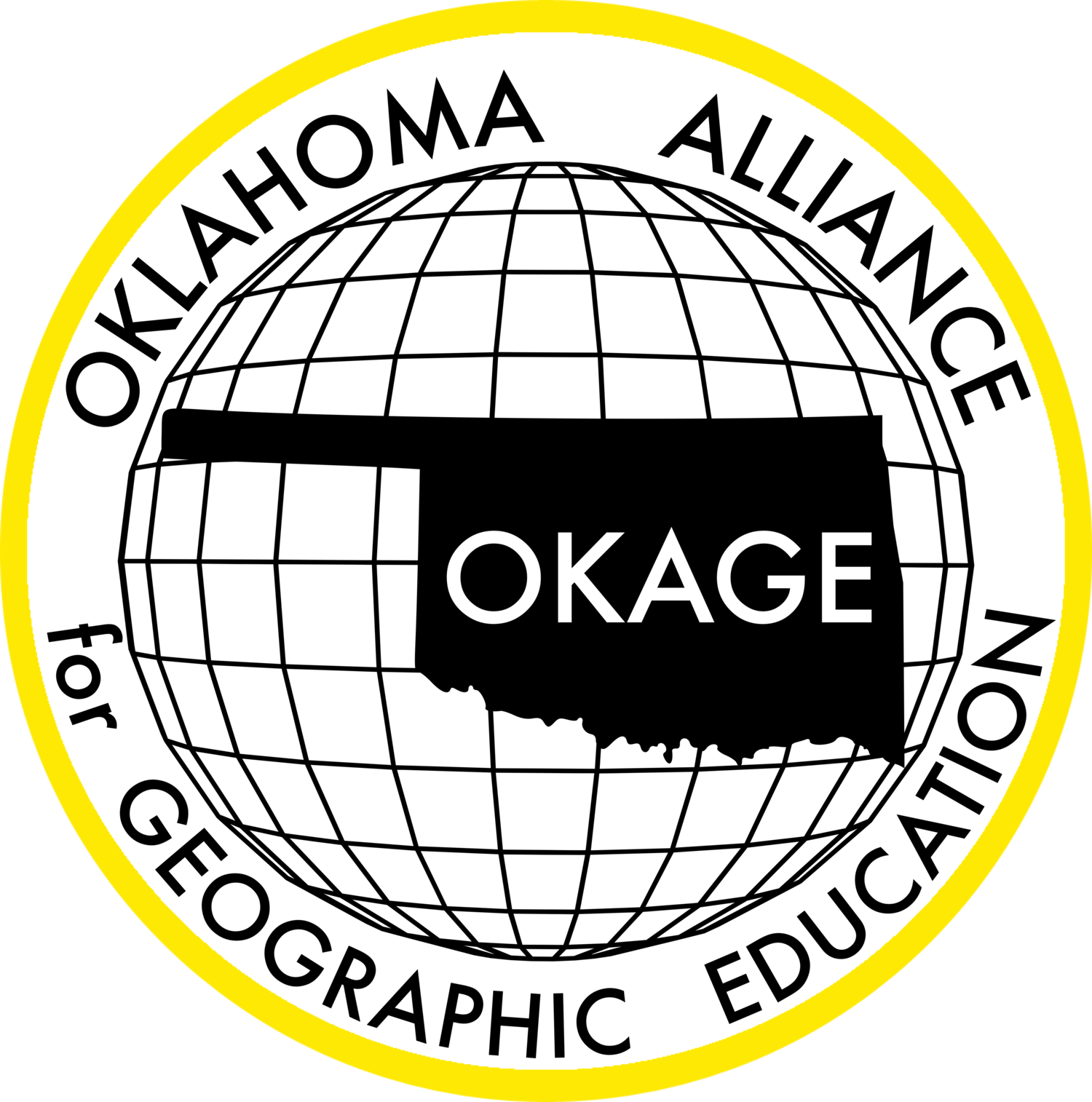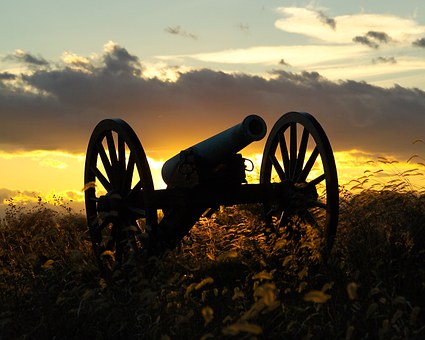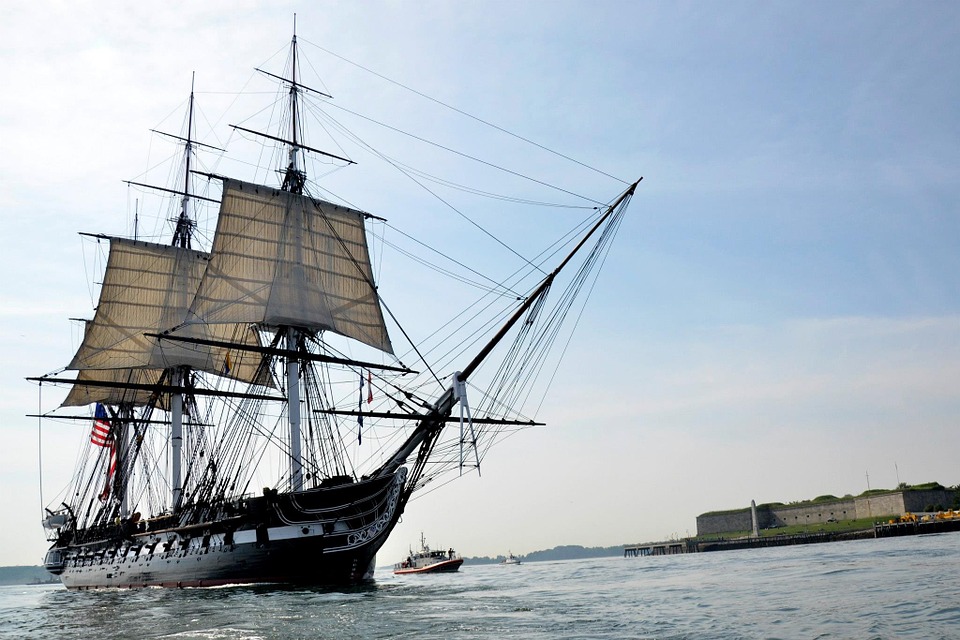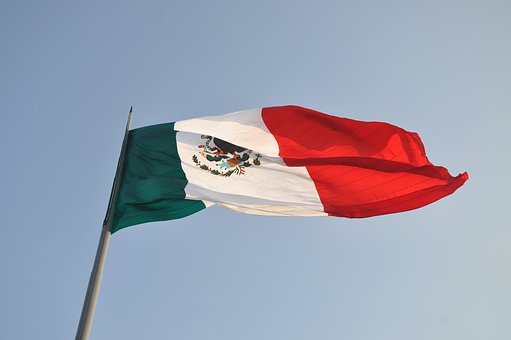What is Landscape?
Erie Canal News
Coal Mining in Indian Territory (Oklahoma)
A Sense of Place in America: 1865 - 1900
Description: Students will create a sense of place for an area in the United States after examining life during and after post-Civil War and Reconstruction in the northeast urban, southern rural and western territory regions.
Grade level(s): Middle and High School Standards: OAS, GFL Produced By: Heather Braucher
The Transportation of Human Resources
Description: Humans as resources have existed in North America since Pre-Columbian times. The ability for one group of humans to acquire another as slaves required transportation and the cost of transportation was part of the cost of the human resource. The economic value of human resources has fluctuated throughout the centuries depending on their purpose and availability.
Grade level(s): Middle, High School Standards: OAS, GFL Produced By: Jayne Marley
The History of Gold in the United States: The Race to Discover This Valuable Resource
Description: Students will discover the different types of resources available to humans on earth. In turn, students will identify and analyze the importance of the resource GOLD in American and Oklahoma History. They will locate three specific “Gold events” on a U.S. map and examine each event by determining its effect on the exploration and expansionism of the United States.
Grade level(s): High School, Middle Standards: OAS, GFL Produced By: Denise Aguilar
Historic Barriers to Transportation and Progress
Description: Throughout history people have had to overcome problems with transportation before real progress could be made. Exploration, jobs, trade, communication, and adaptation to the environment were all challenges to people throughout history with transportation being the key to each. The purpose of this lesson is to investigate the impact that environmental barriers to transportation have had on people including human invention.
Grade level(s): Middle and High School Standards: OAS, GFL Produced By: Bill Amburn
Jerusalem: A Center of Peace or Conflict
Description: Jerusalem, the capital of Israel, is considered a holy city by three religions: Judaism, Christianity, and Islam. For centuries it has also been a spiritual center. Just like the dove, it is associated with peace and its name is even thought to be derived from the phrase “of peace.” Students will identify Jerusalem’s religious significance to Judaism, Christianity, and Islam. They will also learn about the history of the Israeli-Palestinian conflict and explore what it is like for people on both sides of the conflict.
Grade level(s): Middle and High School Standards: OAS, GFL Produced By: Teresa Potter
A Parade Through Main Street: 12 Regions of Canada and The United States
Description: In this unit, students will investigate and then interpret the twelve regions of Canada and the United States. Students should gain a firm comprehension of regions in North America (north of Mexico) and be able to apply the information to a five paragraph essay and a visual display.
Grade level(s): Middle and High School Standards: OAS, GFL Produced By: Heather Braucher
WOW! Mexico Has States, Too!
Let's Walk With "Jim Crow"
Description: The goal of this lesson is to introduce the students to the Black Codes and Jim Crow Laws of the South and Oklahoma, and the effect the codes and laws had on the development of the civil rights of African Americans in these regions.
**This lesson was published on January 15, 2014, prior to the passing of HB 1775. Because of the nature of dealing with controversial subjects and issues in the classroom and the challenges they raise, including racial stereotypes in language, illustrations, audio, and video records, the teacher must establish clear ground rules about what will and will not be permitted in terms of arguments and rhetoric, and must be prepared to enforce those rules with appropriate consequences if students ignore these rules.**
Grade level(s): Middle and High School Standards: OAS, GFL Produced By: Shirley Nero
The Value of Water in the Development of the United States
Description: Students will discover the important role water has played in American History. They will discover how water played an essential role in determining the shape of our state and country by analyzing specific events throughout U.S. History.
Grade level(s): Middle and High School Standards: OAS, GFL Produced By: Denise Aguilar
Questioning Chernobyl
Click on the image above to download the lesson. Also, due to the size of this lesson, click this link to download the rest of the lesson.
Description: The nuclear accident at Chernobyl, Ukraine, had immediate as well as long-lasting affects on people throughout the western part of the former Soviet Union as well as throughout Europe. Students will study the reasons for using nuclear power as an energy source as well as the potential dangers.
Grade level(s): Middle Standards: OAS, GFL, CC Produced By: Janet Hall
Developing South America: Defining the Physical and Political Boundaries
Description: Students will develop cartographic skills by designing the physical and political boundaries of South America. They will use symbols to create their own free hand design of the physical and political boundaries of South America while also locating and categorizing the different economic systems across South America. Students will then examine the importance of the founding of and the continued use today of the Strait of Magellan.
Grade level(s): Middle Standards: OAS, GFL Produced By: Denise Aguilar
By Road, By Rail, By River
Description: Economic decisions for four centuries have been based on how quickly a product can get to market. Transportation evolved to keep up with market demands. Trails became national roads, river and sea-going transportation increased in size to take on larger and more specialized loads, and rivers themselves underwent transformation into canal systems connecting larger bodies of water with inland ports.
Grade level(s): Middle and High School Standards: OAS, GFL Produced By: Jayne Marley
Railroads and the Landscape of a Community
Description: The purpose of this lesson is to examine the expansion of railroads in the U.S. (especially in Oklahoma), their economic impact, and how they shaped local landscapes.
Grade level(s): Middle and High School Standards: OAS, GFL Produced By: Ann Kennedy
Outsourcing to Asia: The American Demand for Consumer Goods
Description: The purpose of this lesson is to help students understand the changes in manufacturing that have occurred in the United States in recent years, as well as analyze the impact of "outsourcing" to Asian countries of components and parts of products previously made in the United States. Students will also have the opportunity to consider possible economic reforms that could improve production, quality, and availability of goods worldwide.
Grade level(s): Middle Standards: OAS, GFL Produced By: Heather Braucher
The Dividing Line of Asia and Europe: The Ural Mountains
Description: Students will discover the physical boundary between Asia and Europe: the Ural Mountains. They locate the Urals and analyze the differences and similarities among the five regions in the mountain system. Students will determine the reasons for movement among humans in the regions as well.
Grade level(s): Middle Standards: OAS, GFL Produced By: Denise Aguilar





















